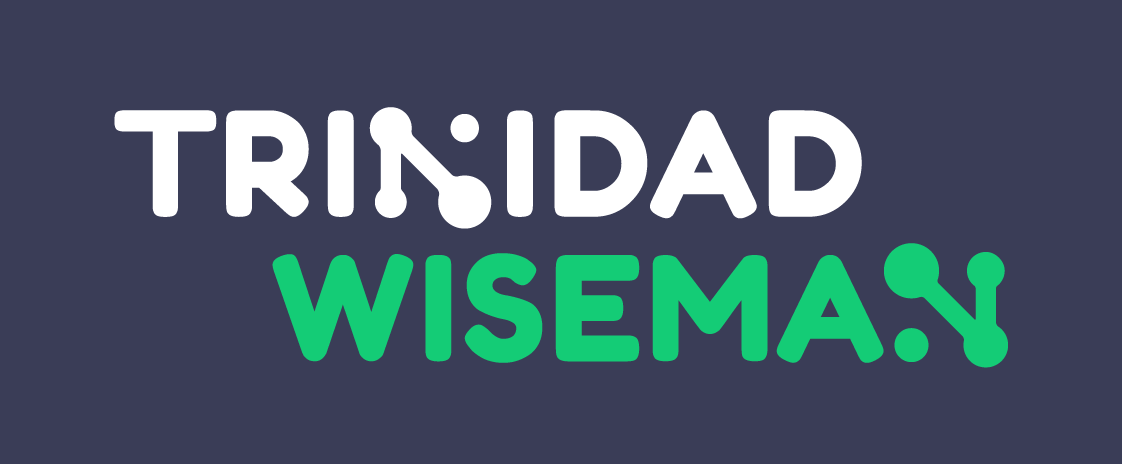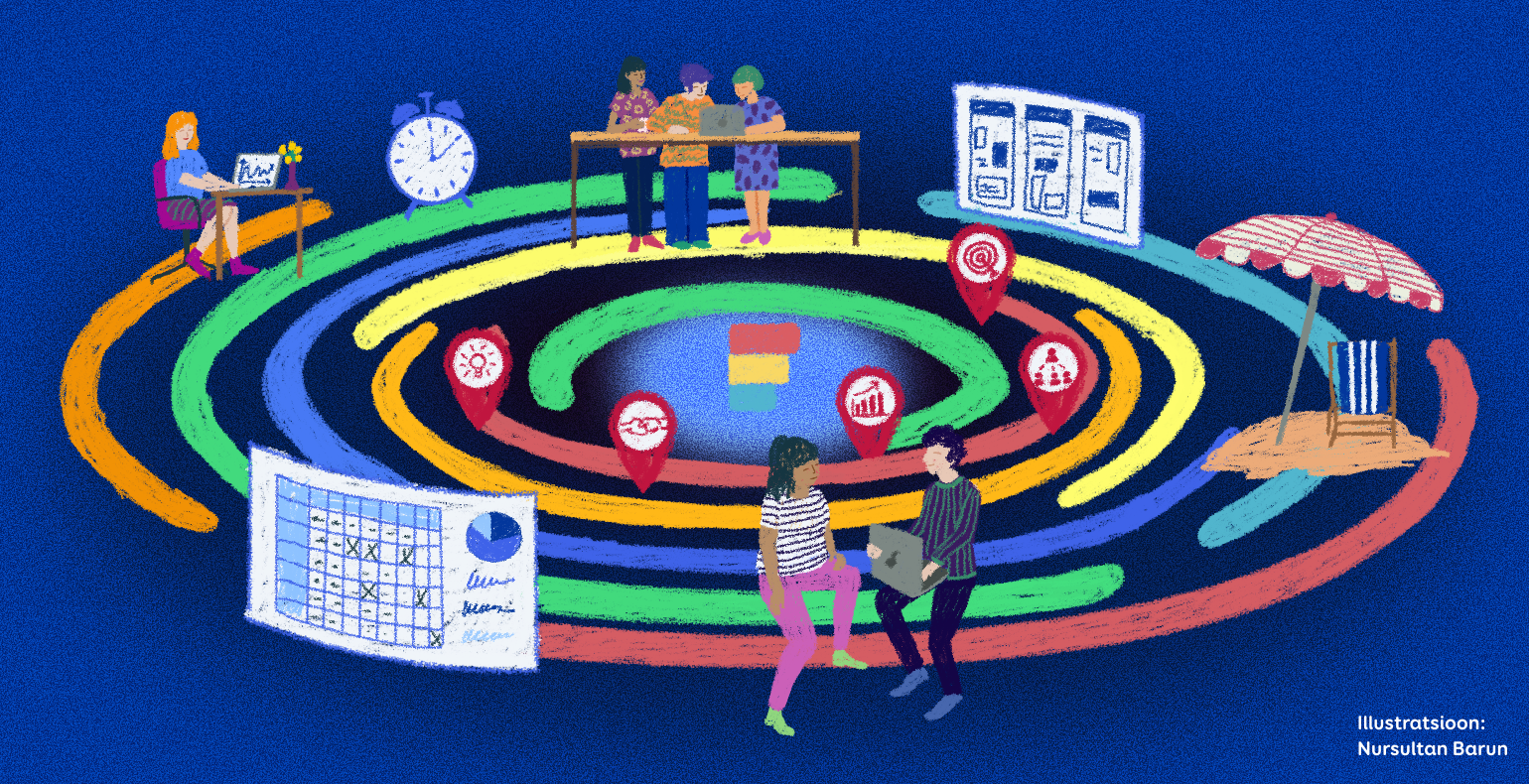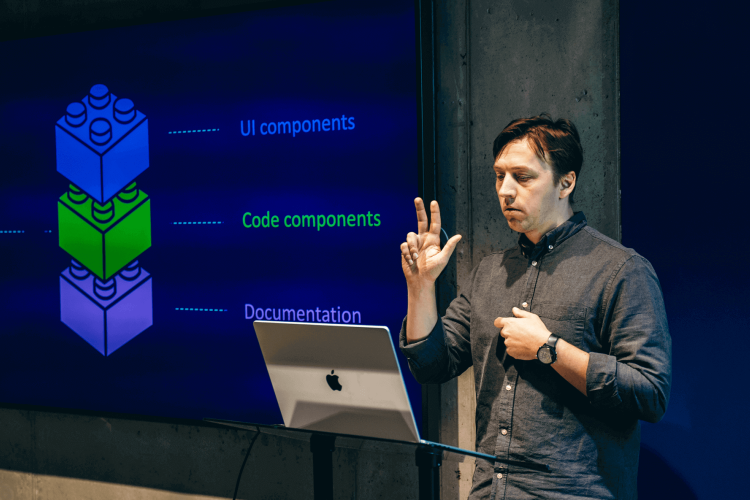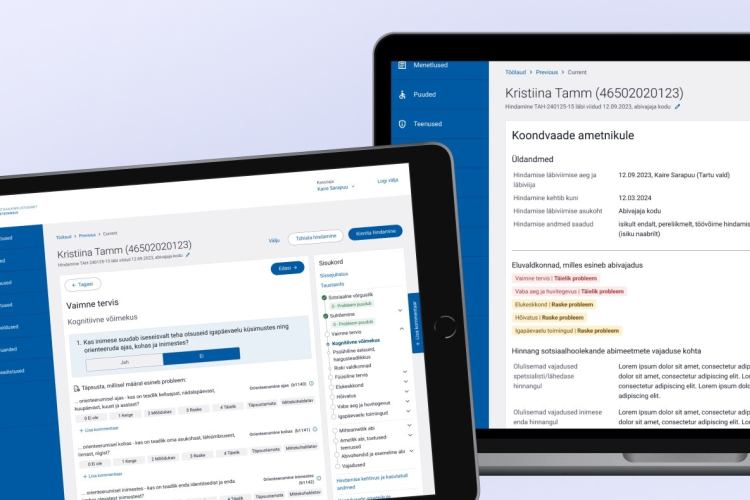Do projects often run over deadlines? Learn how to manage resources and time in Jira more effectively
Jira's tickets, workflows, and visual views provide an easy way to get an overview of current work. However, from a project management perspective, just having a view of tasks may not be sufficient without insight into employees' workloads.
Successfully meeting project deadlines can often depend on understanding workload metrics, which help determine to whom and to what extent tasks can be assigned.
In the following article, we will describe how Activity Timeline supports resource management and time tracking in Jira.
Why to use an additional application for Resource Management and Time Tracking - isn't Jira enough?
Let's imagine the following hypothetical situation.
✨ Requirement: The project manager needs to get an overview from Jira of the total number of hours that the employee Mari has logged in the project ABC.
Jira has a "Time tracking" field through which you can log the time spent on a ticket; we assume that Mari has entered values into this field for the tickets of project ABC.
If a project manager needs to get an overview of the total hours logged by Mari on project ABC, they can query worklogAuthor = Mari Demo in issue search and display the "Time Spent" column.
However, if multiple people have logged time on the same ticket, the "Time Spent" field sums up all users' logs without detailed filtering by user.
This basic use case demonstrates that Jira's standard functionalities might not be sufficient* to handle more complex resource management scenarios.
*In theory, one could manually extract log details from issue history and enter them into a spreadsheet, but this is impractical for large volumes of tickets, effectively creating a full-time job.
How to start with the implementation?
Like with any new solution, it’s essential to start by mapping out the needs to understand the required functionalities. Common requirements from a project or team manager’s perspective may include:
- Setting up employee profiles with availability, role, and skills.
- Configuring teams with associated projects, team lead, and members.
- Gaining an overview of employee availability over time (day, week, or month).
- Viewing team availability over time.
- Monitoring employee resource usage on specific projects.
- Tracking employee time logs per ticket or project.
- Managing placeholders and reservations without creating tickets.
- Comparing planned vs. actual time usage.
A key focus is also often on visualizing data to make it user-friendly to observe and present. Next, we will explain how Activity Timeline’s various modules help in planning resources and visually managing and tracking time.
Planning Module for Project and Team Managers
The Activity Timeline's Resource Planning module features a central timeline for task planning.
This view allows you to include tickets from various projects or create and save multiple different views. Tickets are shown as cards on the timeline.
Work planning starts with estimating issues. Estimation can be done in hours or story points depending on your configurations.
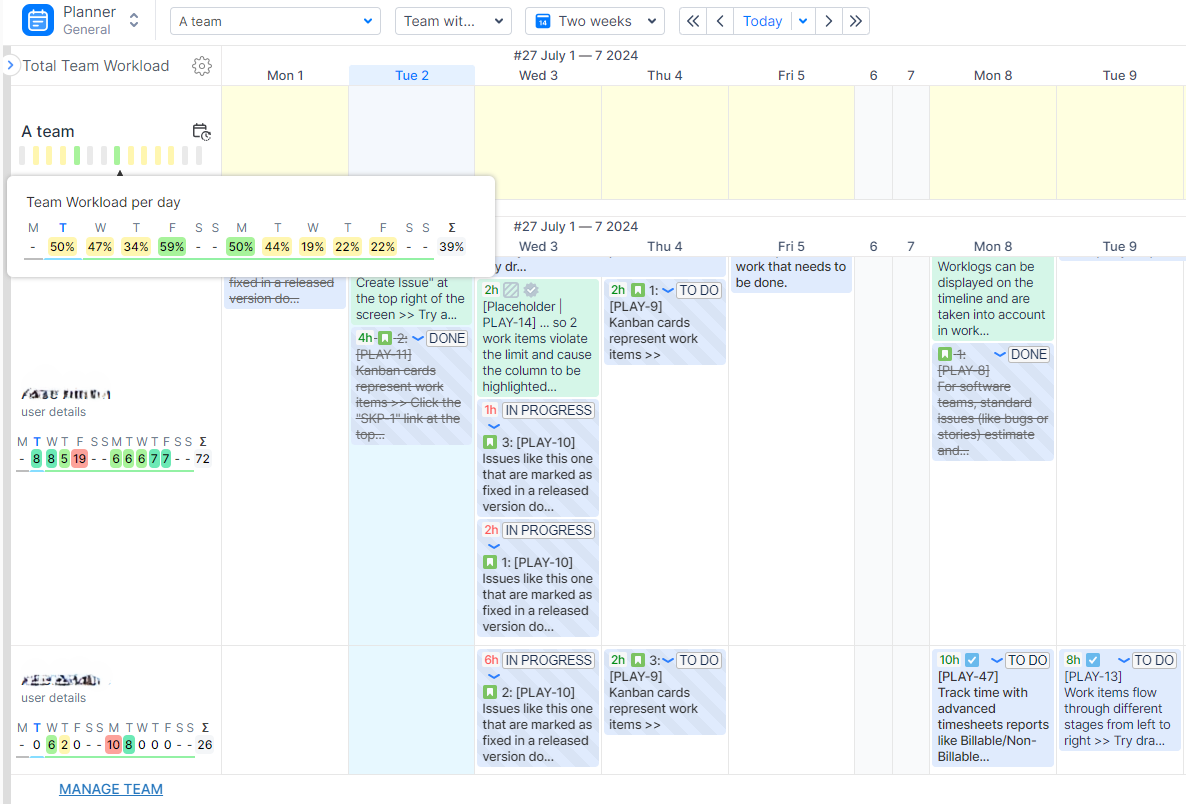
Illustration 1. Timeline in Resource Planning module.
The drag-and-drop interface allows for quick task assignment to employees.
The workload capacity for a day is calculated from the employee’s maximum capacity and the estimated workload of the assigned issues.
Additionally, the team panel can be displayed on the timeline, providing an overview of team availability and workload.
Teams can be created manually or dynamically. For dynamic teams, members are automatically grouped based on their skills and positions, which are preconfigured in their user profiles.
Activity Timeline offers several planning capabilities that are often sought in Jira, such as:
- Event planning - the timeline can be used to manage events like bookings, days off, sick leave, and vacations, which can be created for multiple days;
- Automatic Scheduling - The Auto Schedule feature allows automatic planning of issues for users based on their daily capacity;
- Bulk Planning - issues can be planned weeks in advance or reassigned to other users, and placeholders can be confirmed in bulk.
Time Logging and Tracking Module for Employees
Employees can log and track their time in the My Workplace module, where they can add, modify, comment on, and delete logs.
The module displays the maximum possible workload capacity in percentages and in hours (bar charts). Recently added logs are listed with categories like Billable or Non-Billable.
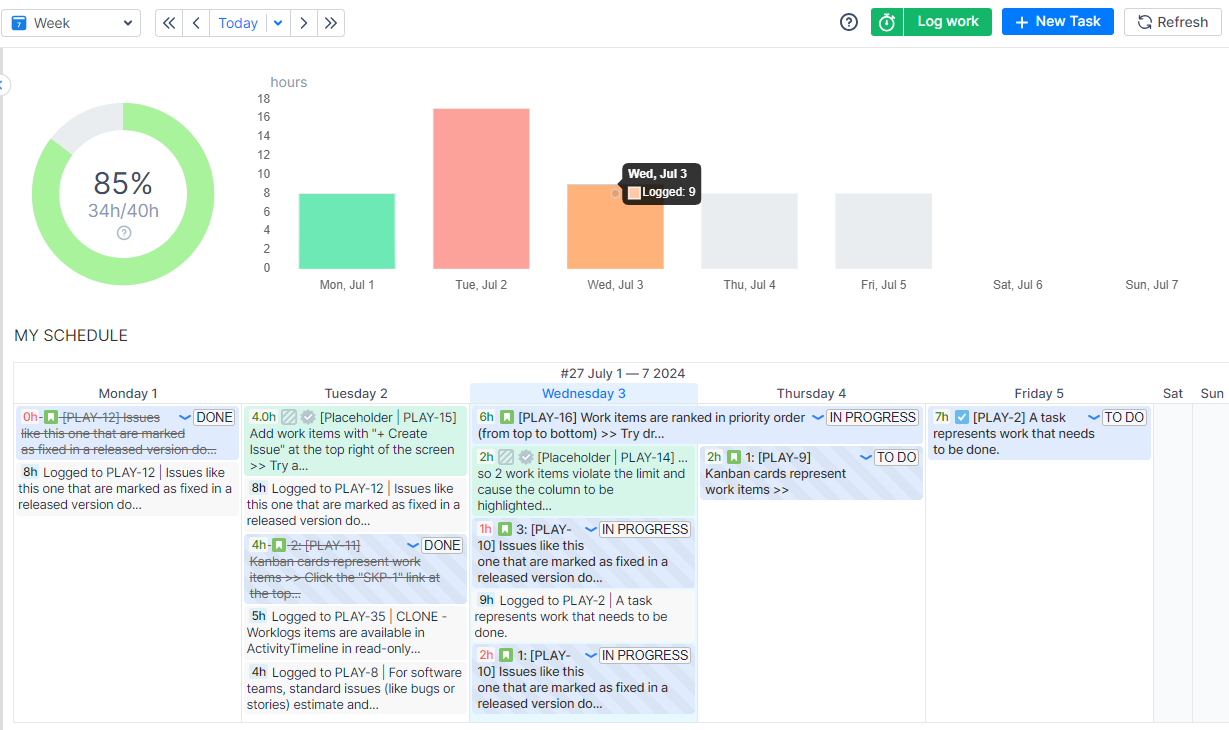
Illustration 2. "My Workspace" module.
Time Tracking for Managers – Team Module and Reports
The Team Timesheets module consists of several sub-modules that enable managers to quickly generate an overview of team resource usage.
For instance, in the Timesheet Progress sub-module, you can monitor resource utilization for a specified time period.
This view summarizes data by comparing the percentage of Logged Hours to Required Hours (the maximum possible working hours).
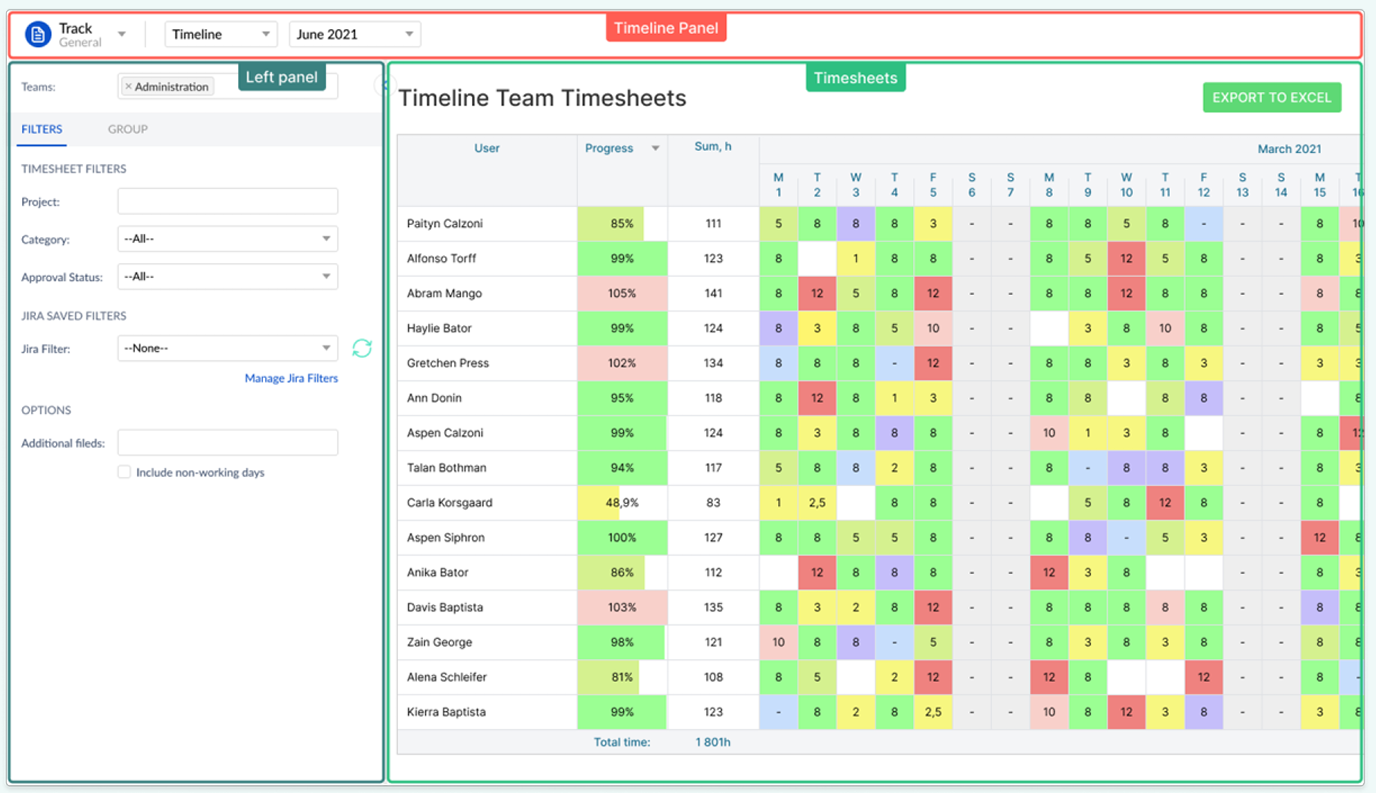
Illustration 3. Timeline view in Team Timesheets module.
The team module also includes an Epic Timesheets template, which allows you to track time logged to Epic tickets by users or by child issues.
The Analytics module with comprehensive reports offers detailed reporting and forecasting based on various criteria.
Managers can view workload forecasts and plan accordingly, which is beneficial for long-term projects or projects with changing resource needs. Supported reports include:
- Person Availability - available hours for each resource;
- Team Availability - available hours for each team;
- Planned vs Logged per Project - logged hours against what was initially planned per the Jira project;
- Planned vs Logged per Team - what the team logged compared to what was originally planned;
- Overdue Issues Report - list of issues that missed the Due Date;
- Vacations - how many vacation days users used during the year;
- Position Availability - the availability of different positions in your organization.
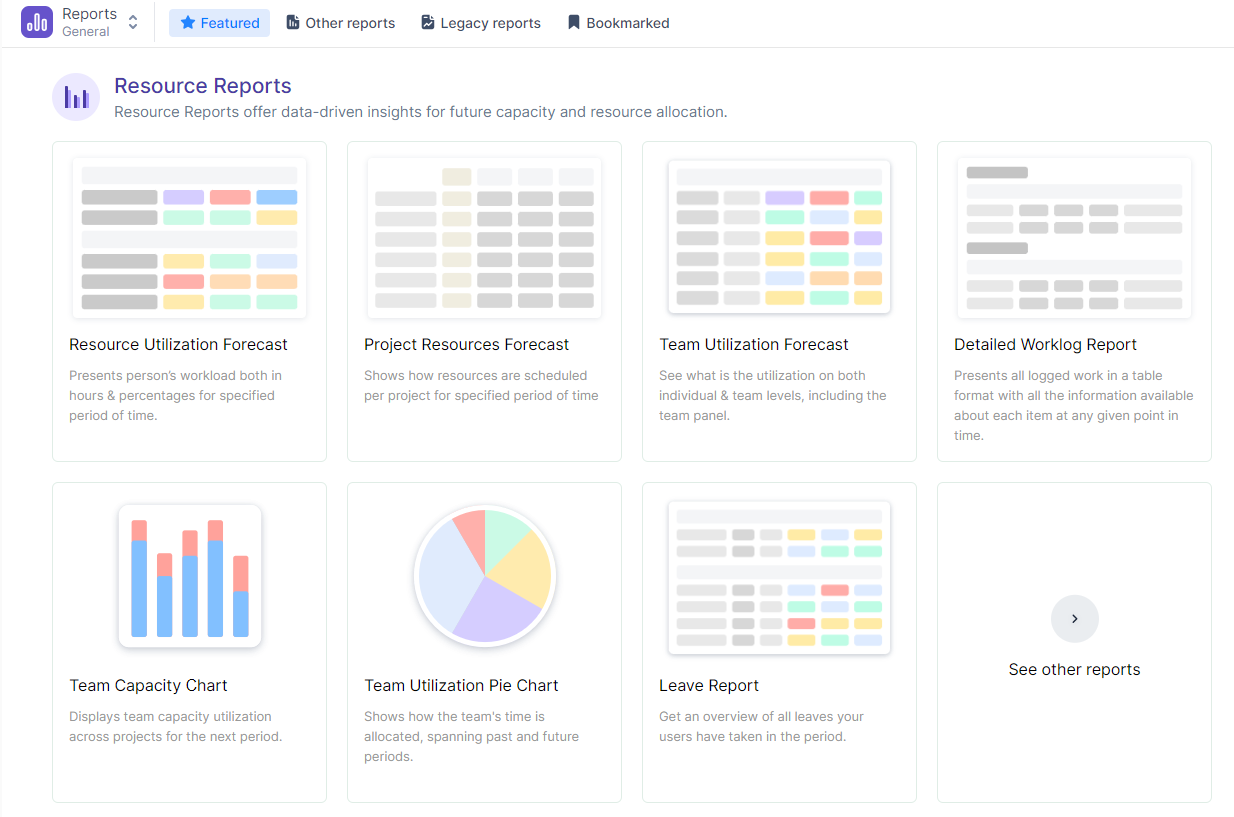
Illustration 5. The Activity Timeline includes a variety of flexibly configurable reports.
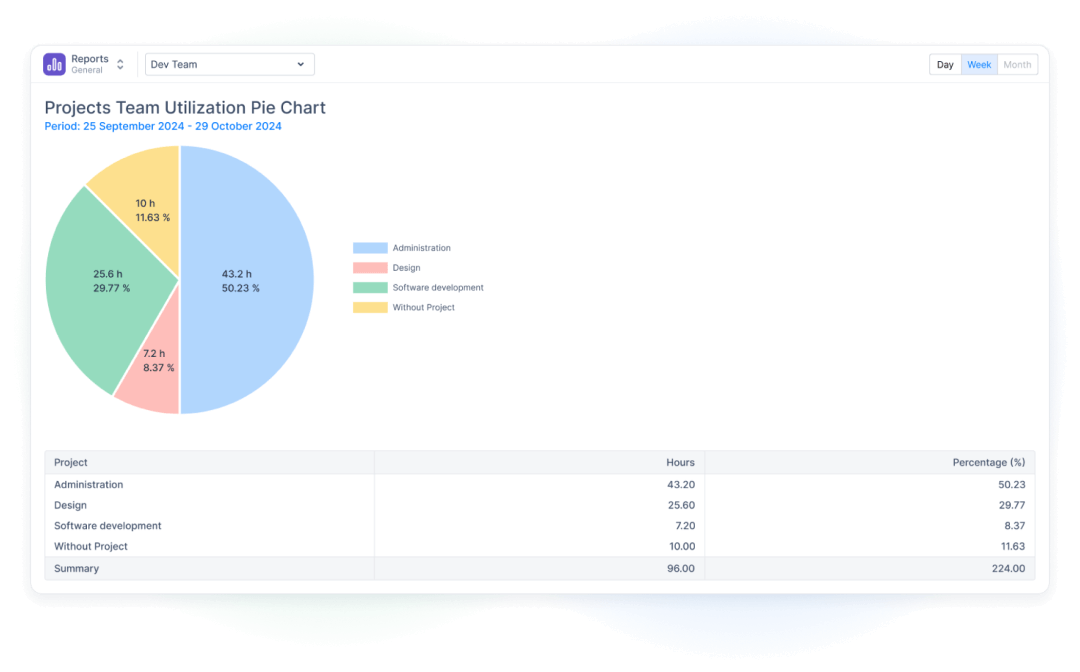
Illustration 6. A pie chart report that provides an overview of team resource usage across different projects.
One Central Application for Efficient Planning
Activity Timeline can handle various use cases that Jira alone cannot, such as:
- Balancing workload and ensuring team members are neither overburdened nor underutilized;
- Time tracking and providing detailed insights into time spent on various tasks;
- Future planning and offering capacity forecasting to plan for upcoming project needs.
This significantly enhances Jira’s functionality, making it an invaluable tool for companies looking to improve resource planning and overall project management.
The application is available on both Jira Cloud and Data Center platforms. Learn more about how we can support your company during the implementation.
